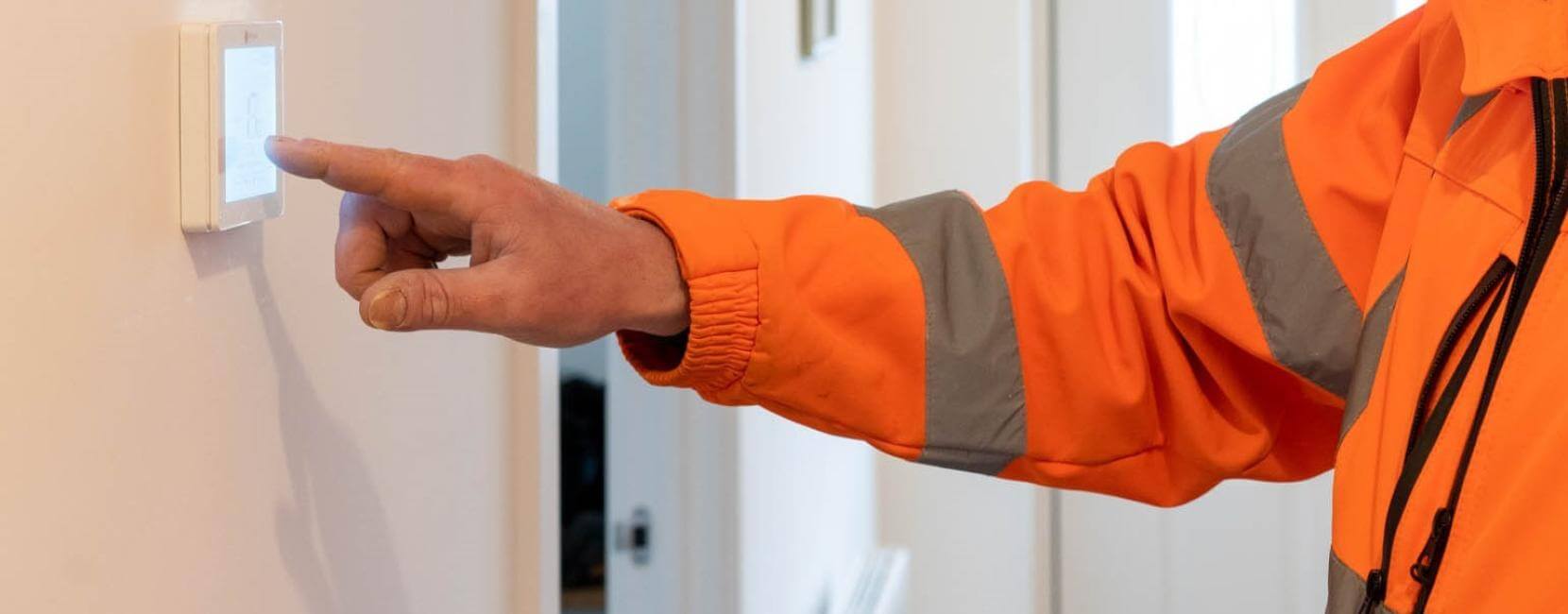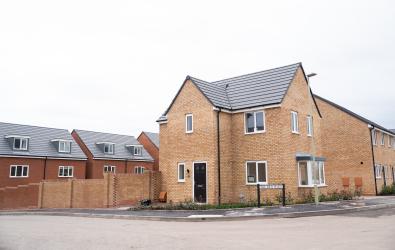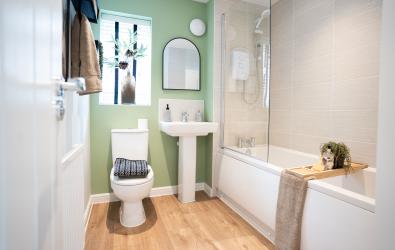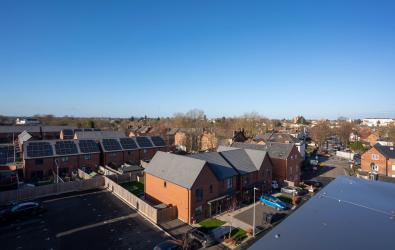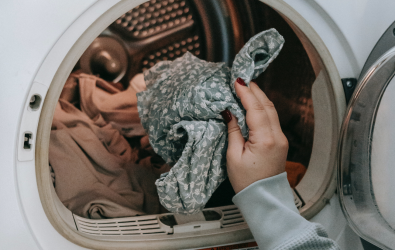With the current headlines dominated by news of rising energy prices and the ‘cost of living crisis’, it’s no surprise that many people across the country are looking to make their homes as energy efficient as possible.
Despite the incoming Prime Minister, Liz Truss, introducing a raft of support to assist households with paying their bills, it’s expected that the average energy bill may still rise by 25% to £2,500.
This has meant many people are now reconsidering their lifestyles and identifying ways in which they can lower their energy usage while improving energy efficiency throughout the home.
Below, we explore exactly what the energy price cap is, the level of support that is being provided for homeowners and renters across the country and how you can make your home more energy efficient going forward.
What is the energy price cap and energy price guarantee?
The ‘energy price guarantee’ is a new scheme introduced by the Government that will replace the existing version of the energy price cap and determines the highest amount that suppliers can charge a household for each unit of energy they use in the home.
Under this new ‘price guarantee’, the average household can expect to pay around £2,500 a year, down from the previous estimate of £3,549 under the old scheme. It’s important to remember, however, that this is not a hard limit and your own bill is still dependent on how much energy you use.
There are a number of factors that can impact energy usage including the number of people in the property, the type and age of the property, how regularly they use their appliances and the overall efficiency of the property.
As part of the energy price guarantee, the standing charge is also limited. The standing charge is the fee that customers have to pay for a connection to the energy grid.
It has been estimated that the energy price guarantee will cost between £130 billion and £150 billion, which the Government is paying for through increased borrowing and will be paid back via the taxpayer.
What other support will people get to pay their energy bills?
On top of the energy price guarantee, every household in the UK will receive a single-time £400 discount on their fuel bills in October, although it hasn’t been confirmed if this will happen again at any point in the future.
In addition to this, an extra £650 will be paid to low-income households that receive benefits or tax credits - equating to over eight million households.
Finally, pensioner households will receive a further payment of £350, while disabled people will receive an extra £150.
While businesses, charities, schools and other organisations won’t receive the same support that a household will, the Government has pledged to find an ‘equivalent guarantee’ on their energy prices for the next six months.
After those six months, vulnerable businesses such as those in the hospitality and retail sector may receive further support.
How can you improve energy efficiency at home?
Improving the energy efficiency of your home doesn’t just reduce the cost of your energy bill, it also makes your property more comfortable in extreme weather conditions and helps you do your bit for the environment.
Some of the key ways that you can improve your energy efficiency and reduce your annual bills include the following:
- Insulate the property
- Improve draught proofing
- Use energy efficient appliances
- Reduce the use of heating or use an alternative heating source
- Switch to energy efficient fittings
Insulate the property
Insulation is one of the best ways for retaining heat in a property and reducing the need for constant heating, which reduces energy costs. A completely insulated home not only improves energy efficiency but also reduces the potential of damp and in most cases, contributes to a property’s value.
Loft insulation is key, as one quarter of a property’s heat is lost through a roof that isn’t insulated. Installing insulation in a roof, loft or attic can reduce heating bills and help you maintain a warm, comfortable property. Installing loft insulation doesn’t require building regulation approval and can be achieved through the use of mineral wool between joists, which is relatively inexpensive.
In older homes, you may consider solid wall insulation. This involves installing insulation materials to either internal or external walls to reduce heat loss. This type of insulation requires professional experience and in most cases, proper approval.
Improve draught proofing
Draught proofing is the process of filling in any gaps in your property where cold air can get through. Think about the gaps around doors and windows, floor boards, exposed pipes, fittings or hatches. You can usually fill these gaps with materials such as:
- Shaped plastic or rubber
- Silicone sealant
- Adhesive foam strips
- Flexible filler
Use energy efficient appliances
If you want to improve energy efficiency, consider investing in a smart meter or an in-home display that highlights how much energy you’ve used. Having a clear demonstration of how much energy you’re using, on a real-time basis, can help you improve your efficiency.
Some smart appliances provide a greater level of control over heating, including the opportunity to set different timings or target different areas. The Government is aiming to roll out smart meters as standard by 2024 and in some cases, has already provided households with their own smart appliance.
Reduce the use of heating
If you’re looking to reduce how much heating you use within your property, there are several easy steps you can take to improve your efficiency. These steps are all relatively cheap and easy to implement:
- Invest in quality, thick curtains and keep them closed as much as possible to prevent any heat escaping.
- Use rugs and carpets on the floor where possible to retain heat.
- Move furniture away from radiators as they prevent heat from dispersing properly throughout the room.
- Use insulation strips around gaps in the property.
- Reduce your heating usage until key times when you’re at home.
Switch to energy efficient fittings
Once you’ve implemented energy efficient appliances, you may also want to introduce energy efficient fittings that can help you reduce your energy use:
- Use energy-efficient LED bulbs or downlights.
- Fit water-saving shower heads that restrict the volume of water flowing through them whilst maintaining pressure.
- Implement low flow taps and toilets within the bathroom.
Are new-build properties more energy-efficient?
One of the major benefits of purchasing a new-build property - whether through traditional means or shared ownership - is energy efficiency. Due to the use of modern building techniques, construction materials and smart appliances, new-builds can help reduce energy costs from the beginning.
According to the Home Builders Federation (HBF), new build properties save £395 alone on heating bills each year compared to older properties. While the total yearly annual utility bill for older properties is around £890, new builds are almost half of that at £455.
